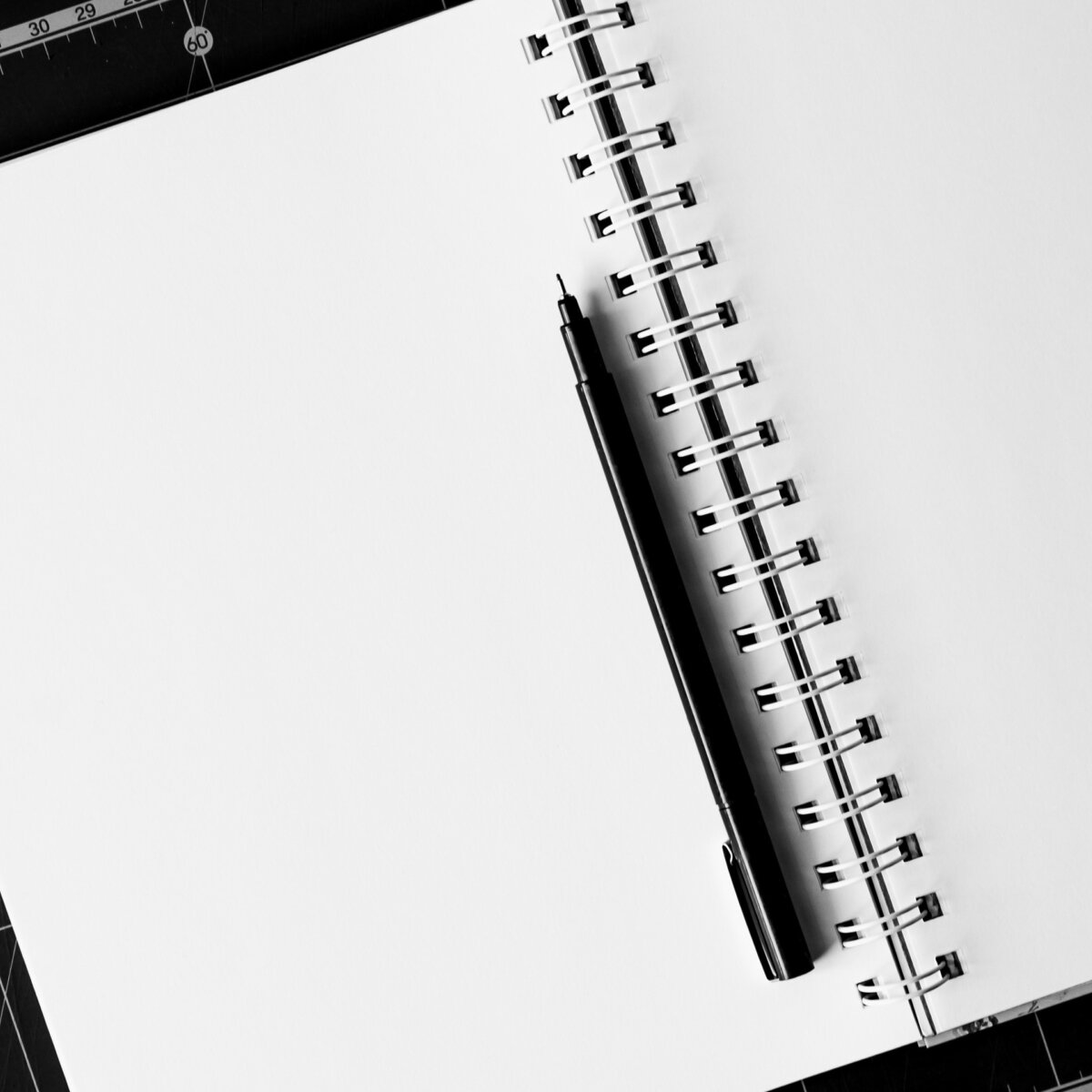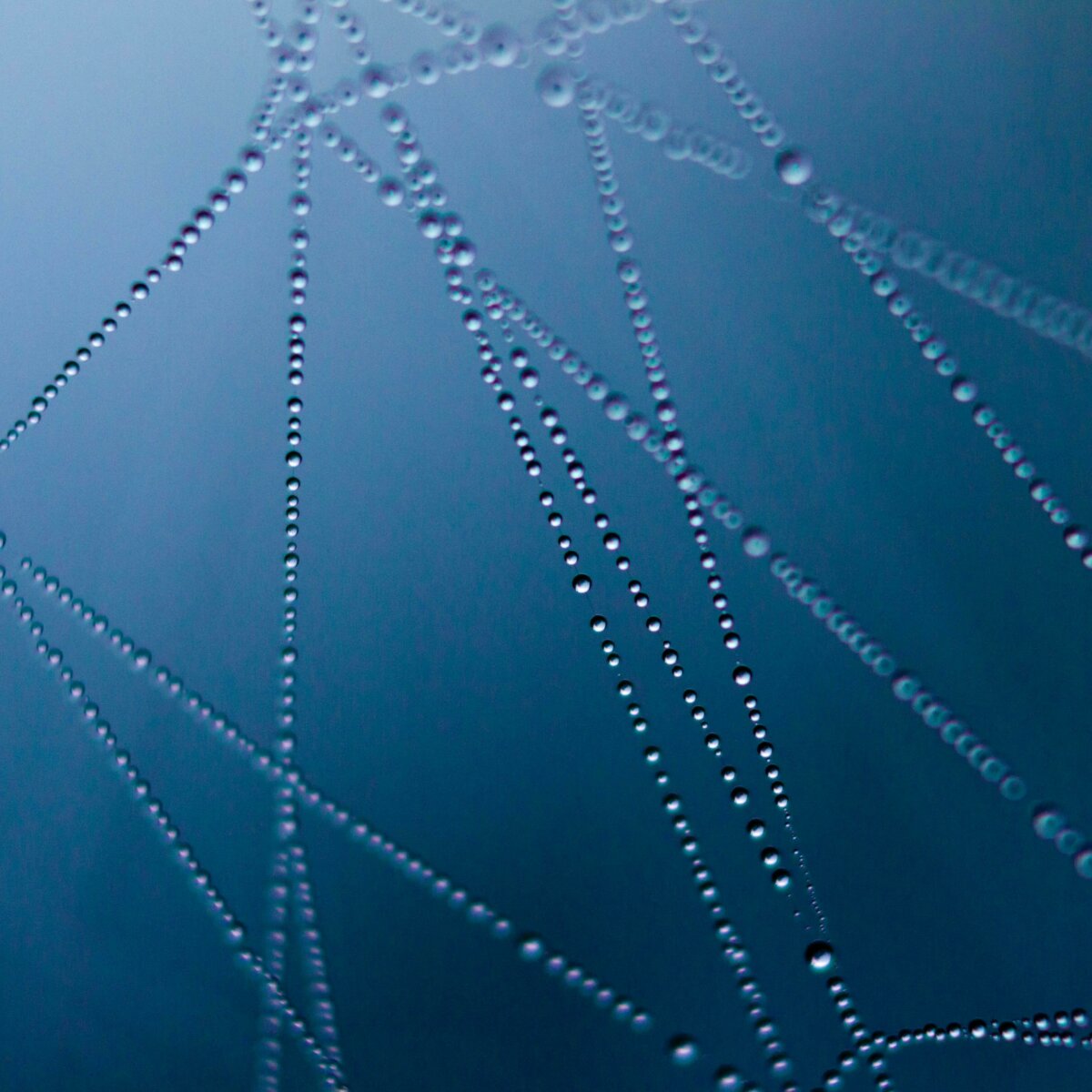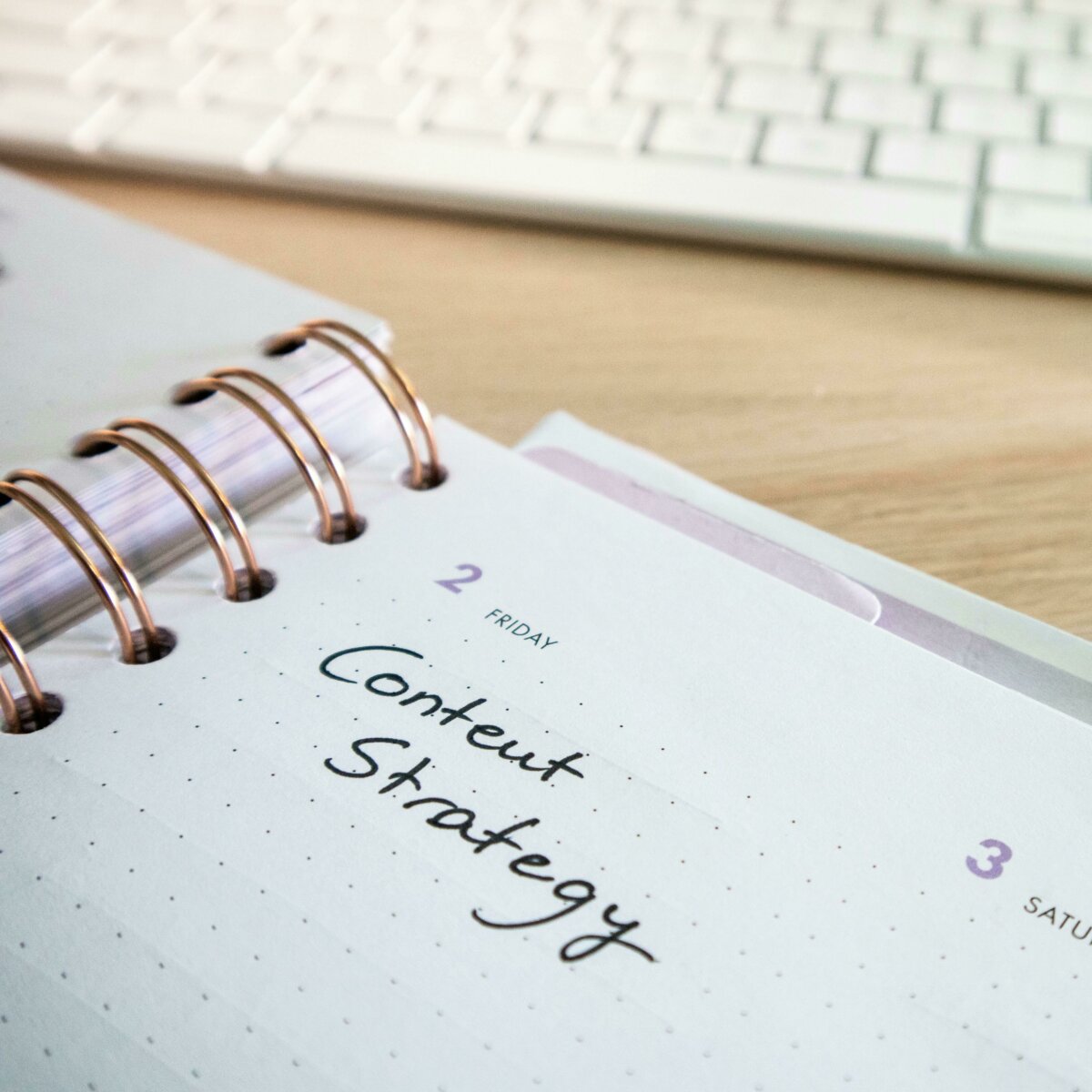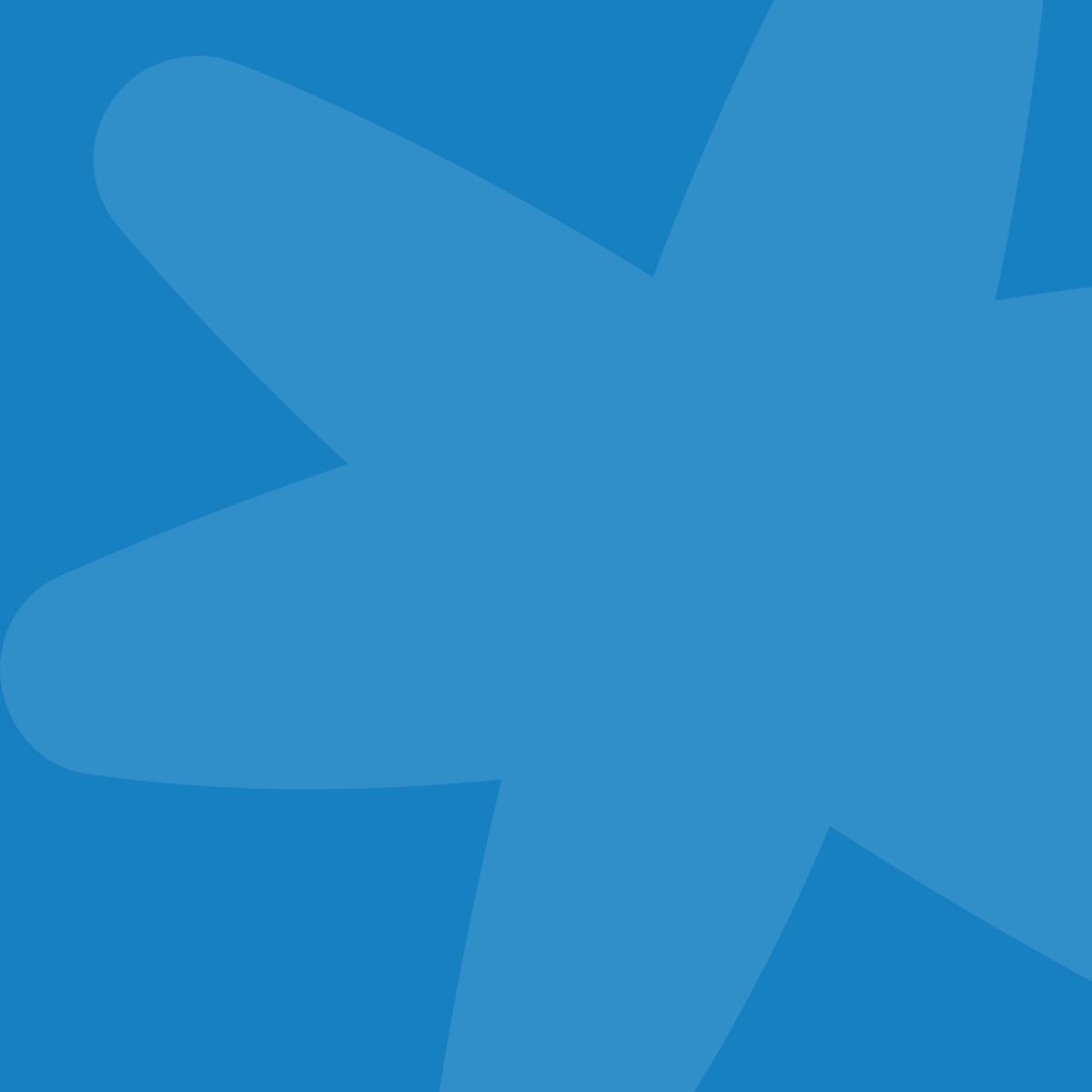- Tips for Your Team

- Tips for Your Team
7 Questions to Help You Prepare for a Design Project Kickoff
Have you ever walked into an office supply store and flashbacked to when you were a kid shopping for school supplies? Do you remember the excitement you felt picking out a backpack and holding a package of unopened markers?
That’s the excitement I feel every time I walk into a design kick-off meeting. Like the start of a new school year, the kick-off is full of possibilities. It’s more than an excellent opportunity for the designer and the client to get to know each other, though. It’s when we talk honestly about your goals and what can help — and what can hinder — the project. Here are the questions I like to ask before starting work.
1. What do you do?
You may think this is a strange question to ask. “Come on, Michelle,” I hear you scoff. “You haven’t figured this out long before the kick-off?”
Of course, I’ve read your mission statement and reviewed your website. I know what you say in grant applications and annual reports, but what do you actually do? If I sat next to you at a dinner party and asked what your organization does, you probably wouldn’t rattle off your mission statement. You probably wouldn’t use the approved elevator speech either. Instead, you would talk like a human being about your work, why it’s needed, and why you continue to do it. I want to hear the passion in your voice. That’s the conversation we should have in the kick-off. So many times I end the meeting with a different understanding of the organization and its place in the world. Nuggets of creative inspiration are frequently mined from this conversation.
2. Why do you need this work done?
Too often organizations say they need a new brochure. But if I dig a little, it becomes evident that what they want is to make the current brochure look a bit more modern. And if I dig some more, they surprise themselves by admitting they need a brochure “because we’ve always had one,” or “everyone else has one.”
Maybe you do need a brochure. But not for those reasons.
You need the brochure (or the flyer, or the website, or whatever it is we’re working on together) to do something. Maybe you want donors to include you in their wills or potential recipients to apply for your programs. Tell us more about these people. How will the brochure get to them? What exactly do you want them to do? How will you know if they did it? How will you measure success? Pausing to answer these questions will go a long way to ensuring that you’ll have a brochure that supports your organization’s goals instead of just looking pretty.
3. How will it fit into your brand?
Do you have a brand guide? I can’t wait to read it! But in the kick-off I want to know, are you following it?
Do you have a vigilant brand cop overseeing your designs? Or do you have programs or offices who frequently go rogue and do what they like? Do you need something that will be adopted by everyone or something that can be a little looser? Do you need to follow all the guidelines to the letter? Or is this for an event where there’s more flexibility as long as it’s true to the brand’s spirit?
4. Who are the stakeholders?
Sometimes these people are obvious because they work in communications, but the input of non-communications staff can be invaluable.
It’s usually straightforward to identify the day-to-day contact. That’s the person I coordinate meetings with and send designs to. On your side, they’re making sure everyone whose voice needs to be heard is heard and consolidates feedback. So whose voice needs to be heard?
Clearly, the communications director and executive director are involved, but to what extent? Does the ED have the final say or prefers to give input early on and leave the final approval up to the comms director?
If the work is for the program staff, how is their perspective represented in the design process?
Do you have a beloved founder who is no longer involved with the organization, but whose opinion is important to solicit?
If you make sure all the necessary people feel like their opinions are valued, you’ll have a simpler time rolling out new designs. Our preference is to present the work ourselves, but if that’s not possible, we’ll do our best to make sure you’re comfortable presenting the work and fielding questions.
5. What assets do you have?
Stock photography is an option, but not always the best one. People want to see unique photos that tell your organization’s story. Do you have those? Are they high resolution and well-lit or do they all have half-eaten pizza and soda cans in the background?
On the flip side, do you have compelling stories of your work and your program recipients? Or do you have dry, academic language that may be appropriate for a peer-reviewed journal, but out of place for your audience?
6. What’s the timeline?
And more importantly, why does the timeline change?
In the kick-off we’ll review the design process and identify project milestones. We want to make sure you have a clear understanding of the workflow and how one phase leads into the next.
Additionally, we’ll identify possible impacts on the timeline: vacations, events, and pre-existing commitments. And because we’ve had the discussion about stakeholders, we’ll know that perhaps you’ll need extra time to gather feedback from numerous people.
Knowing about these potential pitfalls helps when we’re mapping the design process. We can’t anticipate every delay, but it helps to be realistic in the beginning about what you can manage in the context of the rest of your work.
7. What does the future hold?
Once the work is done, is it really done? Or do you need to update the piece consistently? Let’s be clear at the outset about what resources and capabilities you have in-house. If you would love to rotate a selection of videos on your homepage, we’ll probably suggest a different direction if you’ve told us that you don’t have a library of great videos or the skill set to create them.
Likewise, what’s your internal capacity for making updates? Do you have someone who knows how to clean up and resize photos? What about reflowing updated copy? Can you accommodate changes in a timely fashion or will you need periodic assistance? Creating something new could be just the beginning. We want you to be clear about what you’re possibly taking on once the project ends.
See? Kick-off meetings are fun and set the tone for everything to come! If this sounds like the kind of honest relationship you want to have with your designer, we’d love to hear from you.
More Articles
- Expand Your Marketing and Outreach
A content strategy for small nonprofit teams: Start with your website and work out
- Expand Your Marketing and Outreach
Building a visual language from your nonprofit’s logo
Mightier Newsletter
Join our community of nonprofiteers and the partners that support them. Our monthly newsletter includes resources with small and mighty teams in the social sector in mind – sharing tips to help with content creation, website use, marketing, and more.
SubscribeBrought to you by MOD-Lab
At MOD-Lab, we're the thoughtful design partner for small teams like yours doing big things in the social sector. We create memorable branding, design materials, and websites that showcase the quality of your work and reflect your true impact.


